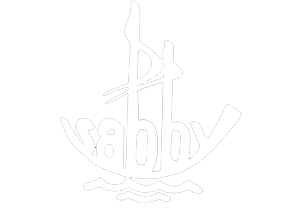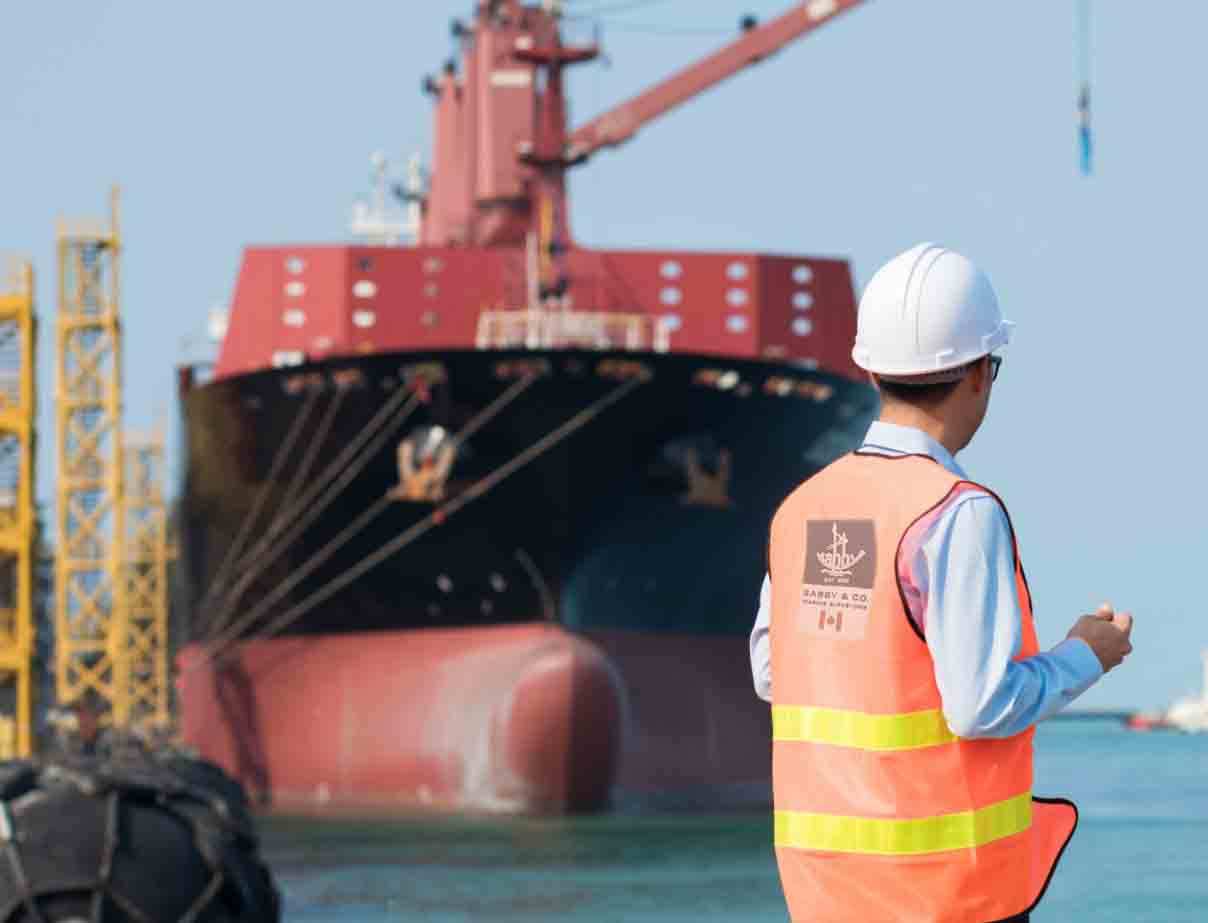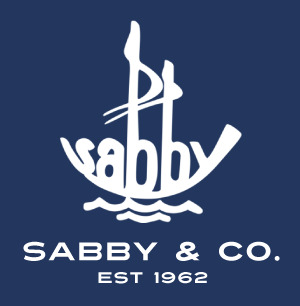
BUNKER SURVEYs
why choose bunker survey with sabby
The bunker survey can be useful in identifying cargo losses where the ship-to-shore difference is greater than normal. If the bunker tank or bunker volume has increased without any justification, the bunker survey can provide valuable information. Even though the vessel’s fuel system is intrinsically separate from the cargo system, intentional or unintentional cargo diversion can take place and should be monitored especially where cargo can be used as bunker fuel. Comparisons are made to what the bunker volumes should be based on the last fuel intake and normal consumption verses what was actually found.Malpractices include shortages of bunker fuel, poor quality, incorrect density, incorrect trimming and listing calculations, defective measuring tapes, faulty flow meters, compromised strapping tables, and temperature manipulation.

The Steps we follow for bunker survey
1. Number of Bunker Tanks, depth and height of each, as well as Measuring Method (Ullage or Sounding) to record.
2. Keep a record of previous bunker reports, time and location of bunker supply, along with weight of oil in each bunker.
3. Incorporates the quantity of bunker aboard the ship when it arrived (arrival condition), according to Engine Log Book.
4.You will need to check the draft marks of the ship to get the ship’s trim and its inclination or listing for line correction.
5. Make sure each Bunker Tank is inspected and the oil level and temperature are measured.
6. Make sure the bunker tanks are water-cut and sampled.
7. Utilize the Ship’s Trim and List, Tank Quantity Table (provided by the Chief Engineer of the Ship), Oil Density and
Temperature, and the ASTM Table for Volume Correction Factor (VCF) to determine the volume of each tank.
8. Review the data obtained and report and discuss any irregularities.
